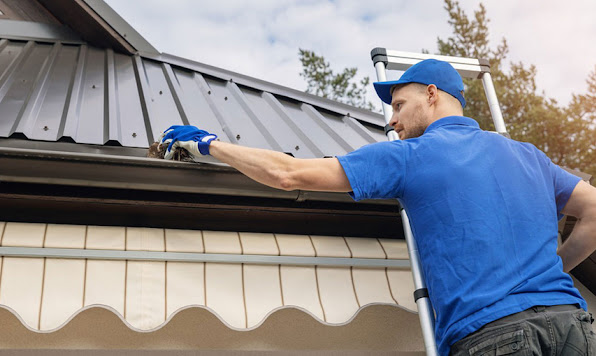Outsmarting Termites: Key Tactics for Long-Term Control and Prevention
Termites are a persistent and destructive force in property management and homeownership. These tiny yet tenacious creatures can cause significant damage to structures, resulting in costly repairs and potential safety hazards.
The importance of long-term termite control Melbourne services and prevention cannot be overstated.
This comprehensive guide will delve into critical tactics for outsmarting termites and safeguarding your property from their relentless onslaught.
Understanding Termites
Termites, often called "silent destroyers," are categorised into different types based on their behaviour and habitat. The most common types include subterranean, dry wood, and damp wood termites, each with distinct characteristics and preferences. These wood-eating insects thrive in dark, humid environments. They are often found within the structural components of buildings, where they feed on cellulose-based materials such as wood and paper.
The damage caused by termites can be extensive, compromising the structural integrity of buildings and leading to costly repairs. Early detection of termite infestations is crucial in mitigating their impact. Understanding the behaviours and habits of termites is essential for identifying potential infestations and implementing effective control measures.
Environmental Modifications
Reducing moisture around the property is a critical strategy in deterring termites, as these pests are attracted to damp environments. Simple measures such as fixing leaky pipes, improving drainage systems, and ensuring proper ventilation can significantly reduce moisture levels, making the environment less hospitable for termites.
Minimising wood-to-soil contact is another important step in termite prevention. When constructing or renovating buildings, this can be achieved using concrete foundations, metal barriers, or treated wood. Additionally, landscaping and vegetation management play a role in termite control, as certain plants and mulch can attract termites. The risk of termite infestation can be minimised by selecting termite-resistant plants and maintaining a clear perimeter around the property.
Building Construction Practices
Incorporating termite-resistant building materials into construction projects can provide long-term protection against termite infestations. Materials such as pressure-treated wood, concrete, and steel offer increased resistance to termite damage, reducing the likelihood of infestation and minimising the need for extensive repairs.
Creating physical barriers against termites is another practical approach. This can involve installing termite shields, using steel mesh to block entry points, or implementing pre-construction termite treatments. Regular building inspections and maintenance are essential for identifying and addressing potential vulnerabilities that could lead to termite infestations.
Chemical Treatments and Baits
Chemical treatment options for termite control Melbourne include soil-applied termiticides, wood treatments, and baiting systems. These methods can provide effective and long-lasting protection against termites when applied correctly. However, it is essential to weigh each approach's advantages and disadvantages, considering factors such as environmental impact, application costs, and effectiveness over time.
Baits, in particular, offer a long-term control method by targeting termite colonies directly. These systems attract termites and deliver a slow-acting toxicant, which spreads throughout the colony, ultimately leading to its demise. Baits can be an environmentally friendly and targeted approach to termite control, especially in sensitive areas or situations where chemical treatments may not be suitable.
Integrated Pest Management (IPM) Approach
Integrated Pest Management (IPM) principles emphasise using multiple tactics to achieve long-term termite control, focusing on minimising environmental impact and maximising effectiveness. By combining strategies such as environmental modifications, building construction practices, chemical treatments, and baits within an IPM framework, property owners can create a comprehensive and sustainable approach to termite management.
The benefits of an IPM approach extend beyond termite control, contributing to overall property maintenance and sustainability. By integrating various tactics and adapting control measures to specific property conditions, property owners can achieve long-term termite control while minimising the reliance on chemical treatments.
Conclusion
In summary, outsmarting termites requires a multifaceted approach encompassing environmental modifications, building construction practices, chemical treatments, and the principles of Integrated Pest Management. Proactive measures and regular inspections are crucial in preventing termite infestations and minimising the risk of property damage. By implementing the critical tactics outlined in this guide, property owners can fortify their defences against termites and establish long-term control and prevention strategies.
We encourage property owners to proactively safeguard their properties against termites and seek professional termite control Melbourne services for comprehensive assessments and tailored solutions. Working together can outsmart termites and protect our properties for years.




Comments
Post a Comment